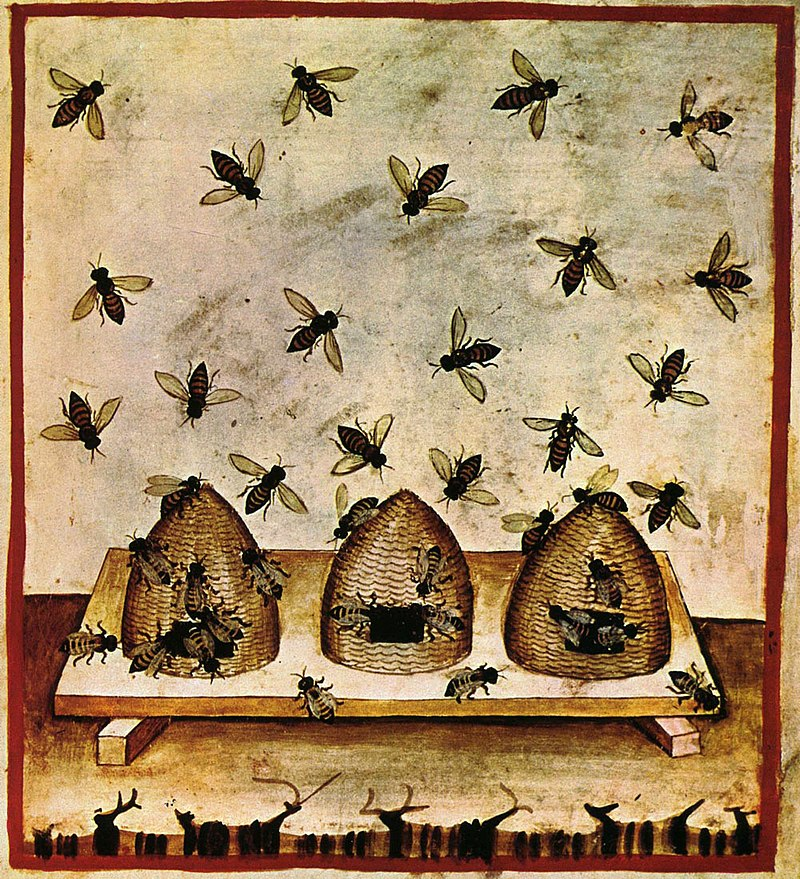Beekeeping has been an essential practice since ancient times, with evidence of human interaction with bees dating back thousands of years. Early civilizations recognized the value of honey not only as a food source but also for its medicinal and ritualistic purposes. Archaeological findings and historical records provide insight into the development of beekeeping practices across different cultures.
Evidence of Early Beekeeping Practices
The earliest known depictions of beekeeping come from ancient rock art and hieroglyphics. A cave painting in Spain, dating back to around 8,000 BCE, shows a figure collecting honey from a wild hive. Ancient Egyptians, renowned for their organized agricultural practices, kept bees in cylindrical clay hives, as depicted in tomb carvings from around 2,400 BCE. Similar evidence has been found in Mesopotamia, Greece, and China, suggesting that beekeeping was widespread in antiquity.
The Importance of Honey in Ancient Diets
Honey served as a crucial source of natural sweetener before the advent of refined sugar. It was highly valued for its energy-boosting properties and nutritional benefits. In ancient Egypt, Greece, and Rome, honey was used in various recipes, including bread, beverages, and desserts. Some cultures even fermented honey into mead, one of the world’s earliest known alcoholic drinks.
Honey in Rituals and Medicine
Beyond its dietary uses, honey played a significant role in religious ceremonies and medicine. Ancient Egyptians offered honey to their gods and used it in burial rites. In Hindu traditions, honey was included in sacred offerings. Medicinally, honey was applied as an antiseptic for wounds and mixed with herbs to treat ailments. Greek physician Hippocrates and Roman naturalist Pliny the Elder documented honey’s therapeutic properties, advocating its use for sore throats, digestive issues, and skin conditions.
Conclusion
The history of ancient beekeeping reflects humanity’s long-standing relationship with bees and honey. From providing nourishment to serving in religious and medicinal contexts, honey was a highly valued commodity across civilizations. As archaeological research continues, new discoveries may further illuminate the role of beekeeping in the ancient world.







